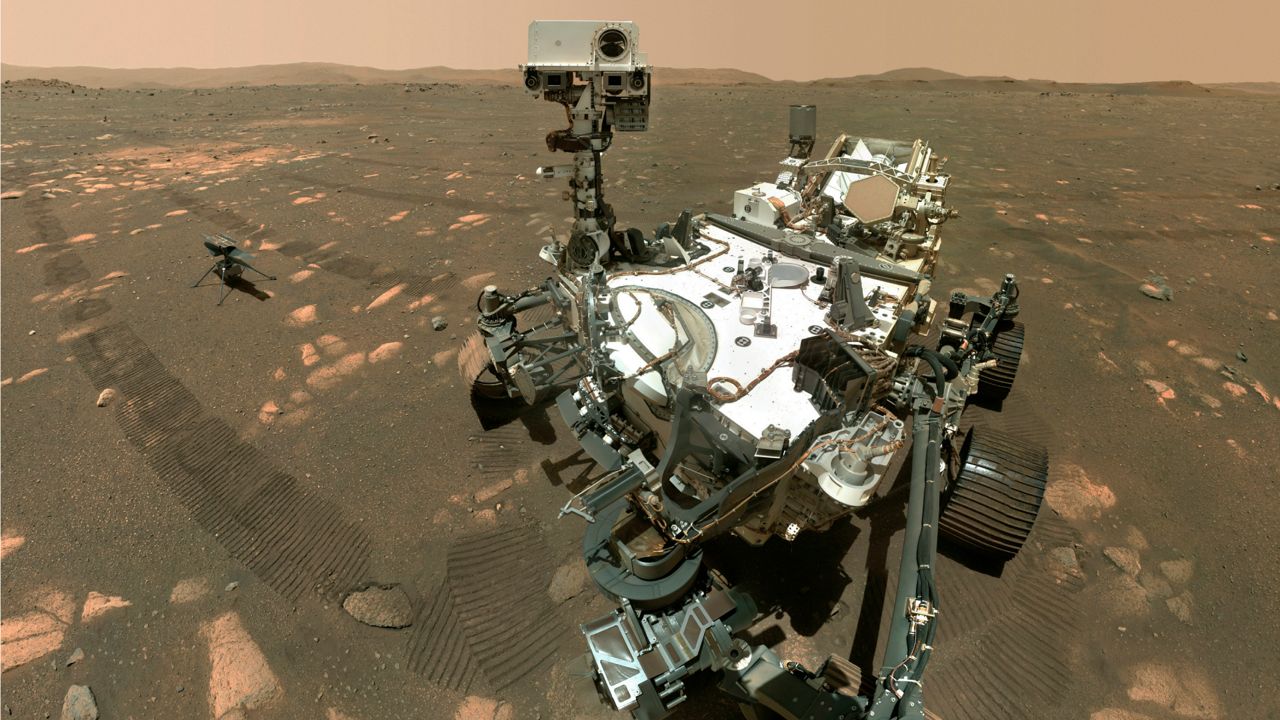PASADENA, Calif. (CNS) — Most people have likely see pictures of the surface of Mars, but ever wondered what it sounds like on the Red Planet?
Now we can all find out, thanks to a pair of microphones mounted on NASA's Perseverance rover. According to NASA and Jet Propulsion Laboratory in Pasadena, the microphones recorded close to five hours of Martian wind gusts, along with the sounds of the rover crunching over gravel and its motors whirring as the spacecraft moves its arm.
"It's like you're really standing there," planetary scientist Baptiste Chide said in a statement. "Martian sounds have strong bass vibrations, so when you put on headphones, you can really feel it. I think microphones will be an important asset to future Mars and solar system science."
The audio is available through NASA here.
Perseverance is the first spacecraft to record sound on Mars. The body microphone was provided by JPL, while the SuperCam instrument and its microphone were provided by the Los Alamos National Laboratory in New Mexico and a consortium of French research laboratories from Centre National d'Etudes Spatiales (CNES).
The sounds teach scientists about changes in the planet's atmosphere as sound travels through vibrations in the air. The SuperCam mic tracks "microturbulence" and shifts in the wind.
The microphones allow researchers to observe how sound propagates on Mars. Mars' atmosphere is less dense than Earth's, and consequently higher-pitched sounds are harder to hear. According to NASA, scientists were surprised that one of the microphones picked up the sound of the Ingenuity helicopter's buzzing rotors during a flight on April 30, from 262 feet away. The audio information enabled researchers to eliminate two of three models developed to anticipate how sound propagates on Mars.
Scientists can also analyze sound as a means of observing spacecraft maintenance, like the way a mechanic listens to a car engine.



